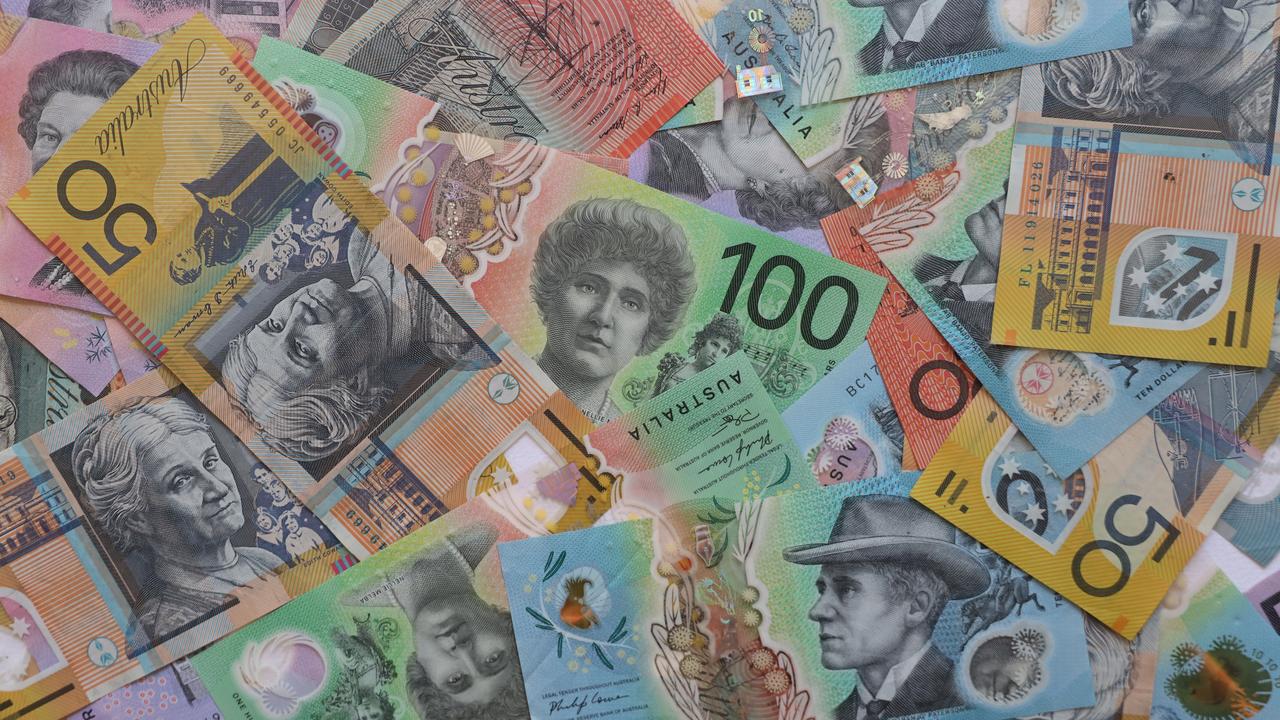Almost 15 million Australians covered by private health insurance will see their premiums rise by more than 3 per cent on average in the largest increase in five years.
On Tuesday, the Albanese government approved an industry average premium increase of 3.03 per cent, effective April 1.
Customers at the nation’s largest private health fund, Medibank Private, will see average premiums jump by 3.3 per cent, while Bupa will jump by 3.6 cent. A 4 per cent hike has been signed off for HSF, and NIB’s premiums will rise by 4.1 per cent
Policy holders with Tasmania-based Health Care Insurance will see the smallest increase in their average premiums, up just 0.3 per cent, while CBHS Corporate Health members will be stung with a 5.8 per cent rise.
The 3.03 per cent figure is not an average of the premium rises of the policies offered by insurers, but instead measures the percentage rise in premium income health funds receive.
The decision comes after several months of negotiations, which prompted industry concerns that the decision was delayed until after a by-election in the the Victorian seat of Dunkley, which the Albanese government maintained despite voter discontent over the rising cost of living.
Health insurers are permitted to increase premiums annually, however the health minister must approve any rise.
In December Health Minister Mark Butler blocked requests by the country’s 31 health insurers for increases of up to 6 per cent, forcing them to re-submit their proposals.
The insurers’ request was last blocked in 2019 by then-health minister Greg Hunt after which a 3.3 per cent increase was ultimately introduced.
About 55 per cent of Australia’s population is covered by private health insurance, with the cost partly subsidised by government via a tax rebate which reduces as a policy holder’s income grows.
In the past year, more than $23.5 billion in health and medical benefits were paid out to policyholders by health insurers.
Health Minister Mark Butler said he wasn’t prepared to just “tick and flick” the premium increases proposed by health insurers.
“I asked insurers to go back and sharpen their pencils and put forward a more reasonable offer for the 15 million Australians with private health insurance,” Mr Butler said.
“Private health insurers must ensure their members are getting value for money. When costs rise, Australians want to know that higher premiums are contributing to system-wide improvements, like higher wages for nurses and other health workers and ensuring that affordable services are available.”
The annual premium increase, Mr Butler added, was outstripped by the annual rate of wages growth and inflation, the benchmark for changes to social security payments.
Health insurance premiums have risen fairly modestly in recent years, climbing by 2.9 per cent in 2023, and by 2.7 per cent in both 2022 and 2021.
An investigation by the competition watchdog released late last year found the industry’s net-profit after tax surged 110 per cent to almost $2.2bn in the 2023 financial year, up from $1bn in the 12 months prior.
Insurance premiums more broadly have risen markedly in the past few years, jumping more than 17 per cent in 2023, and have made a significant contribution to measure of consumer price growth.
The Albanese government will also provide $7.3 billion this year to Australian policyholders through the private health insurance rebate, and will work to reduce the cost of medical devices like insulin pumps.
